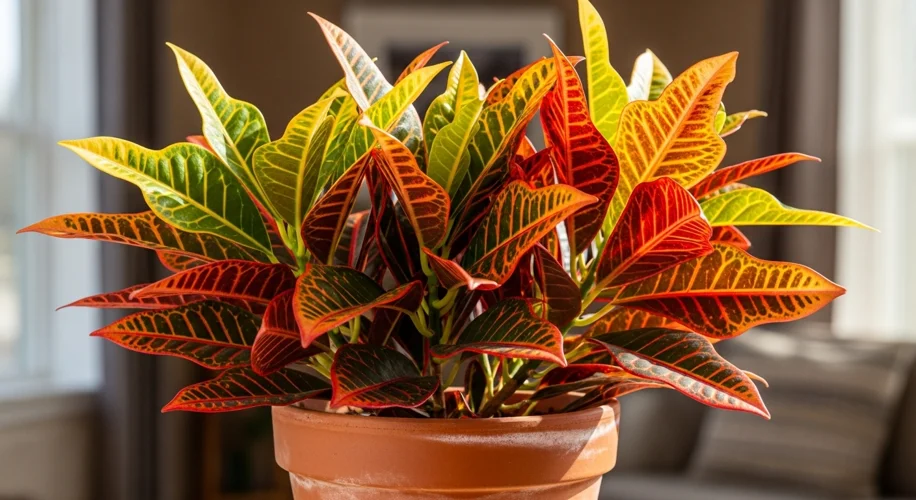Hello fellow garden enthusiasts!
Elias here. Today, I want to talk about a plant that’s a bit of a legend in the houseplant world: the Croton.
Now, when I say “35-year-old Croton,” I’m not talking about a specific plant I’ve had for 35 years (though that would be amazing!). I’m referencing the idea of a mature, established Croton, the kind you might inherit or find at a specialty nursery, often looking like they’ve seen a few decades of indoor life. Crotons, scientifically known as Codiaeum variegatum, are renowned for their incredibly vibrant, multi-colored foliage. They can range from deep reds and oranges to yellows and greens, often with intricate patterns and splashed colors.
These plants are native to tropical regions, like Malaysia, Indonesia, and parts of Australia. They thrive in warm, humid environments with plenty of bright, indirect light. This tropical origin is the key to understanding their needs.
Why are Crotons Sometimes Tricky?
Many gardeners find Crotons a bit challenging. They can be dramatic when their needs aren’t met. Here are a few common issues and how to address them:
- Leaf Drop: This is the most frequent complaint. Crotons are notorious for dropping leaves if they experience sudden changes in temperature, light, or watering. If your mature Croton is dropping leaves, check for drafts, placement too close to a window that gets direct hot sun, or inconsistencies in watering.
- Loss of Color: If your Croton’s leaves are looking dull or losing their vibrant hues, it’s almost always a light issue. They need bright, indirect light to maintain their spectacular coloration. Too little light, and they’ll revert to greener tones.
- Pests: Like many houseplants, Crotons can be susceptible to common pests like spider mites and mealybugs. Regular inspection of the leaves (both top and bottom) is crucial. A gentle spray of water or insecticidal soap can usually handle minor infestations.
Caring for a Mature Croton
Caring for an older, established Croton is much like caring for a younger one, but with a bit more attention to stability.
- Light: Place your Croton in a location that receives bright, indirect sunlight for at least 6-8 hours a day. A spot near an east-facing window is often ideal. If you only have south or west-facing windows, use a sheer curtain to filter the light.
- Watering: Allow the top inch or two of soil to dry out before watering thoroughly. Crotons prefer consistently moist soil but absolutely hate sitting in soggy conditions, which can lead to root rot. Reduce watering slightly in the cooler, dimmer months of winter.
- Humidity: Since they love humidity, consider misting your plant regularly, placing it on a pebble tray filled with water, or grouping it with other plants. Bathrooms or kitchens can also provide a more humid microclimate.
- Temperature: Keep your Croton in a warm environment, ideally between 65-80°F (18-27°C). Avoid sudden temperature fluctuations and cold drafts.
- Soil and Potting: Use a well-draining potting mix. Repotting is usually only necessary every 2-3 years for mature plants, or when you see roots emerging from the drainage holes.
These plants are truly a statement piece when they’re happy. Their stunning foliage can add a burst of color and a touch of the tropics to any indoor space. Don’t be discouraged if you face a few challenges; observing your plant and adjusting its care is part of the rewarding journey of gardening.
Do you have a mature Croton? Share your experiences and tips in the comments below! Let’s get our hands dirty, even if it’s just with potting soil!
Happy growing!

